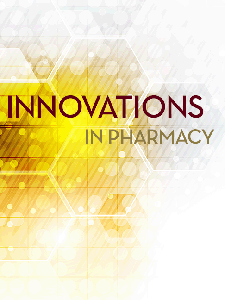Uptake and Utilization of the COVID-19 Alert App within a University Community in New York
Taehwan Park
St. John's University
Deion Awah
Department of Pharmacy Administration and Public Health, College of Pharmacy and Health Sciences, St. John’s University, Queens, NY
Nancy Doshi
Department of Pharmacy Administration and Public Health, College of Pharmacy and Health Sciences, St. John’s University, Queens, NY
Chimene Castor
Howard University, Department of Nutritional Sciences, Washington, DC
Joseph Ravenell
Department of Population Health, New York University Grossman School of Medicine, New York, NY
Yolene Gousse
Department of Pharmacy Administration and Public Health, College of Pharmacy and Health Sciences, St. John’s University, Queens, NY
DOI: https://doi.org/10.24926/iip.v14i3.5488
Keywords: COVID, telehealth, health informatics, tele-education tools
Abstract
The rapid onset of the COVID-19 pandemic elicited a swift response to control the virus ubiquitous within the United States. Expanded telehealth and health informatics became critical components of the pandemic response. The aim of this study was to assess the utilization of the COVID-19 New York (NY) Alert App and identify the perceived benefits and limitations of the App. A cross-sectional design was employed to collect data by using questionnaires with closed-ended questions. The survey was developed and administered during March through April 2021. The study found that the highest rated benefit from using the COVID-19 NY Alert App was receiving alerts about being in close proximity to individuals diagnosed with COVID-19. Results showed that ineffective (insufficient and inappropriate) usage was the highest rated potential challenge for using the App. Study subjects were likely to download this Alert App when they perceived more benefits and less barriers to using the App. Findings from this study can help improve utilization of the App and inform development of similar tele-education tools. The study illuminated considerations for health information applications in scaling-up traditional COVID-19 tracing efforts and may facilitate the design of similar emergency preparedness health technology.



